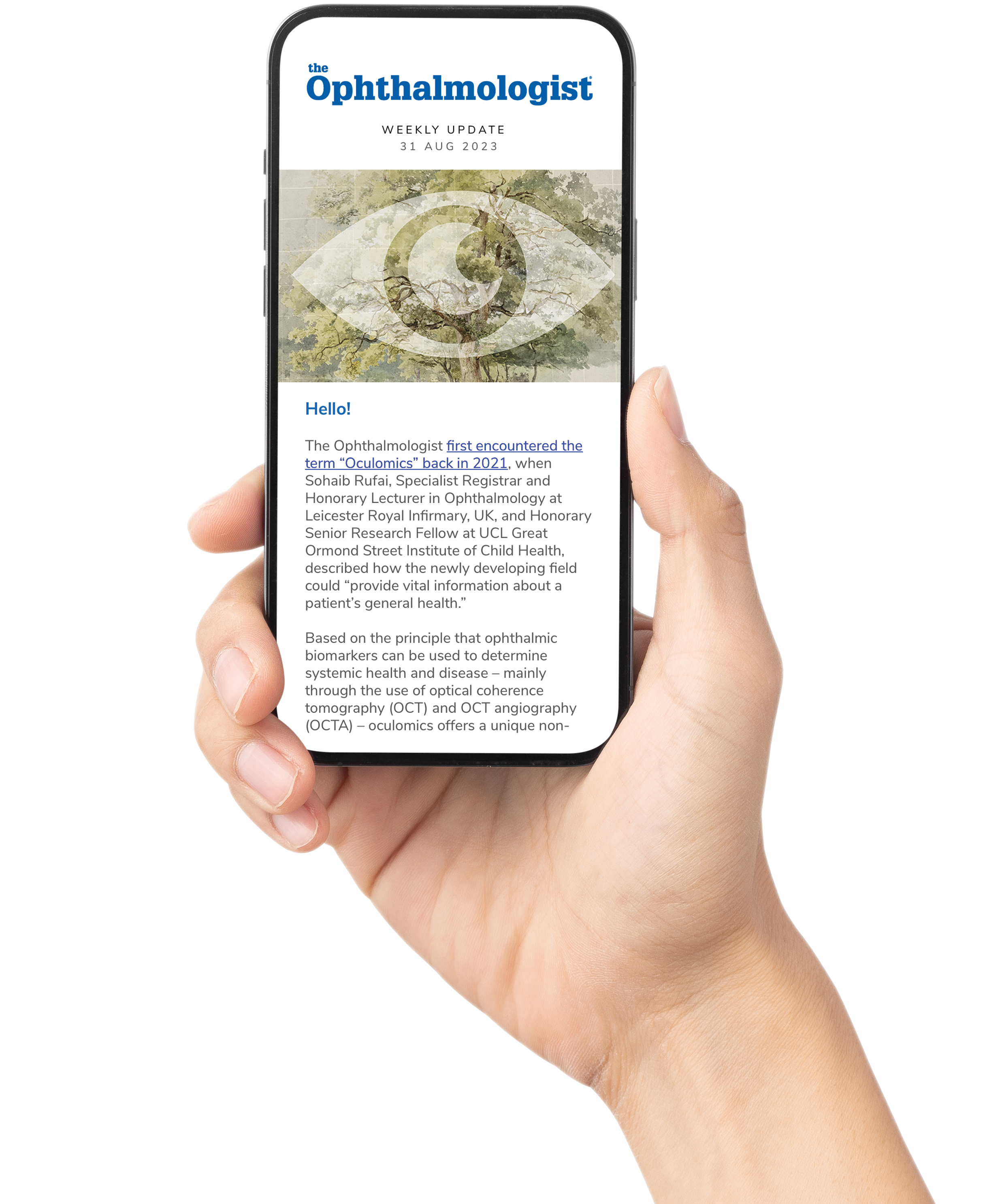
Credit: Heidelberg Engineering
The expected burden on global healthcare systems of glaucoma care in the next decade was the focus of the first Heidelberg Engineering International Glaucoma Symposium, held at the University Eye Clinic in Mainz, Germany on February 1, 2025.
The event brought the role of AI to the fore, with delegates from 13 countries discussing the expected next steps in integrating this safely into care pathways.
“Global experts explored the transformative role of AI in ophthalmology, clinical practice, and research. This included optic neuropathies with a focus on glaucoma. The open forums were especially valuable for clinicians to discuss their concerns and the opportunities that AI brings in delivering care to a greater cohort of ageing patients,” said Stephan Schulz, Heidelberg Engineering Clinical Director, Glaucoma.
Schulz underlined that the most pressing focus for all in glaucoma care is coping with the increasing number of cases, and identifying those who need specific care and those who need to be observed. Almost 50 percent of glaucoma patients can be missed – many will not experience problems, but others will quickly need attention.
The delegates and speakers explored issues surrounding AI’s potential in optic neuropathies, including
- AI’s potential to enhance (not replace) clinicians.
- How the use of AI to analyze images for visual biomarkers can support risk assessment, early disease detection, and treatment monitoring.
- The importance of high-quality images and datasets for developing sensitive and accurate AI algorithms.
- Advanced imaging techniques like OCTA, including multimodal data, to offer deeper insights into glaucomatous changes
This first industry-led glaucoma symposium comes 20 years on from the first International SPECTRALIS Symposium, also hosted by Heidelberg Engineering. Schulz explained that the company “has always had a strong position in glaucoma research and care, and it is fitting that this aspect of ophthalmology now has its own space in the conference arena. In the next five years we are expecting to see significant advances and […] new imaging devices, quite possibly to be used in the home.”
